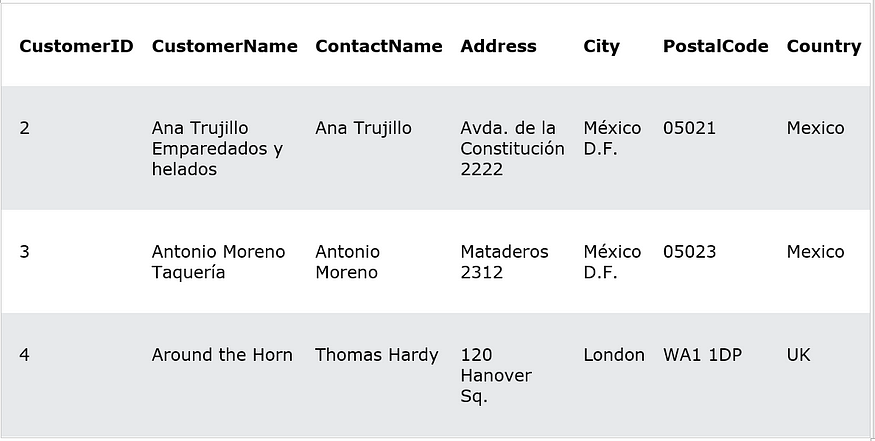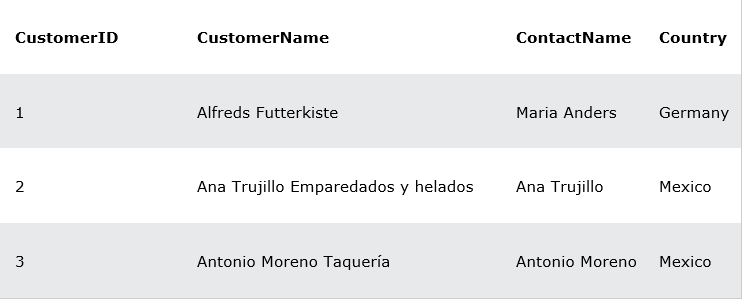MySQL LEFT JOIN Keyword

The LEFT JOIN keyword returns all records from the left table (table1), and the matching records (if any) from the right table (table2).

LEFT JOIN Syntax
SELECT column_name(s)
FROM table1
LEFT JOIN table2
ON table1.column_name = table2.column_name;Demo Database
In this tutorial we will use the well-known Northwind sample database.
Below is a selection from the “Customers” table:

And a selection from the “Orders” table:

MySQL LEFT JOIN Example
The following SQL statement will select all customers, and any orders they might have:
Example
SELECT Customers.CustomerName, Orders.OrderID
FROM Customers
LEFT JOIN Orders ON Customers.CustomerID = Orders.CustomerID
ORDER BY Customers.CustomerName;MySQL LEFT JOIN with Group By Clause
The Left Join can also be used with the GROUP BY clause. The following statement returns customer id, customer name, qualification, price, and date using the Left Join clause with the GROUP BY clause.


SELECT customers_1.customer_id, cust_name, qualification, price, date
FROM customers_1
LEFT JOIN orders_1 ON customers_1.customer_id = orders_1.customer_id
GROUP BY price;









